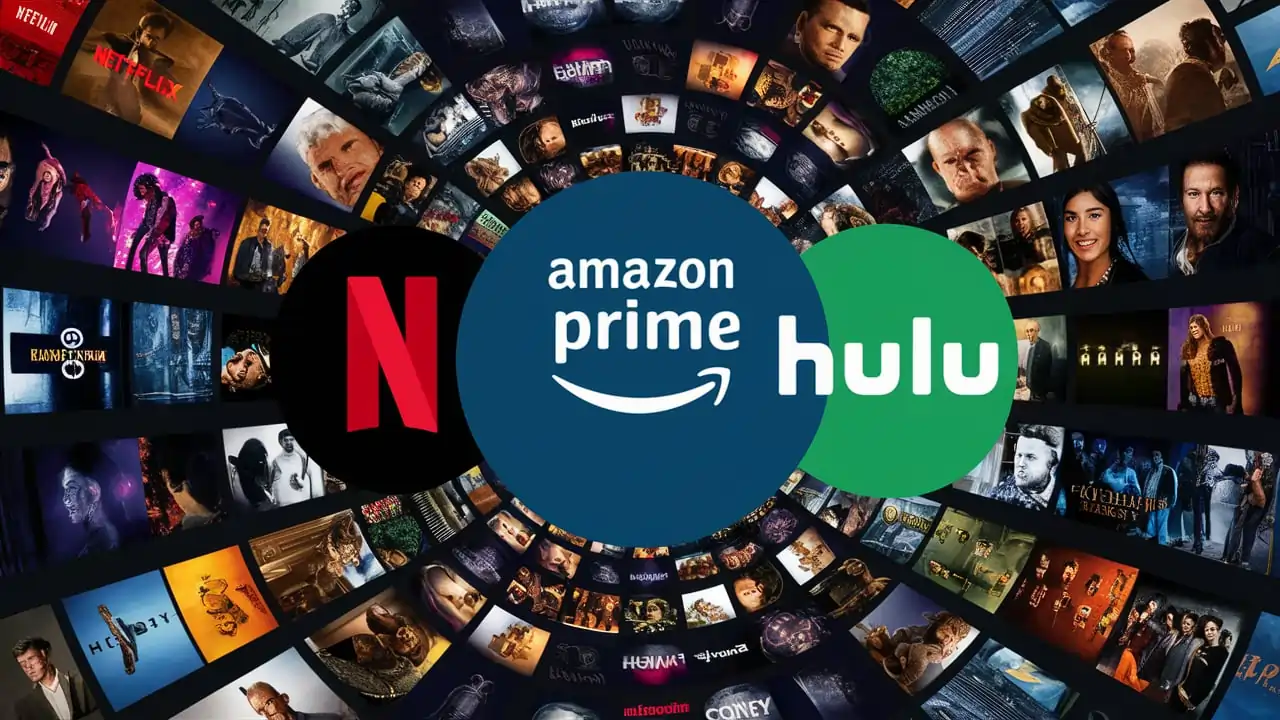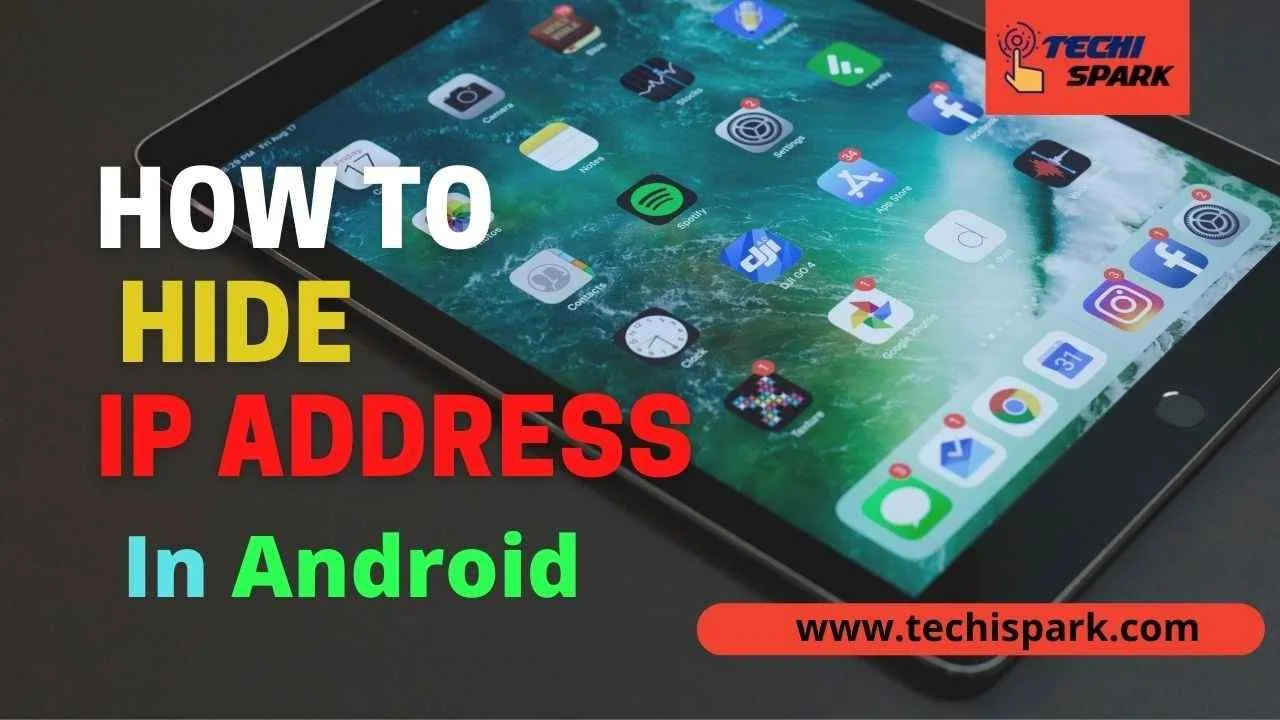In today’s digital age, understanding how to advertise on OTT platforms is crucial for brands looking to reach a broader audience. OTT advertising leverages platforms such as Netflix, Hulu, and Amazon Prime to deliver targeted ads to viewers who are increasingly turning away from traditional TV.
1. Introduction to OTT Advertising
Over-the-top (OTT) advertising is revolutionizing the way brands connect with audiences in the digital age. Unlike traditional TV ads, OTT ads are delivered via internet-based streaming platforms like Netflix, Hulu, and Amazon Prime. This shift allows advertisers to target viewers who have moved away from traditional cable TV, reaching them through the devices they use for streaming content. OTT advertising provides an opportunity to engage a highly segmented audience with precise targeting and personalized messages. As more consumers cut the cord and embrace streaming services, understanding OTT advertising becomes crucial for leveraging this powerful medium to drive brand success.
2. What is OTT Advertising?
OTT advertising refers to the delivery of ads through internet-based streaming platforms, bypassing traditional cable or satellite TV. OTT stands for “over-the-top,” indicating that content is delivered directly via the internet, without needing a cable subscription. Ads can appear in various formats, such as pre-roll (before the content starts), mid-roll (during the content), or post-roll (after the content ends). This form of advertising allows for highly targeted ad placements based on viewers’ interests, demographics, and viewing habits. By using data-driven insights, OTT advertising enables brands to deliver relevant ads to specific audience segments, enhancing engagement and effectiveness.
3. Advantages of Advertising on OTT Platforms
Advertising on OTT platforms offers several significant advantages over traditional TV advertising. First, OTT platforms provide access to a highly engaged audience that actively chooses their content, increasing the likelihood that ads will be seen and remembered. Second, OTT advertising allows for precise targeting based on user data, ensuring ads reach the most relevant viewers. Third, the cost-effectiveness of OTT ads often surpasses traditional TV, as production and placement costs can be lower. Additionally, OTT platforms offer robust analytics tools, enabling advertisers to track performance and optimize their campaigns in real-time, leading to better ROI.
4. Getting Started with OTT Advertise
Starting with OTT advertising involves several key steps. First, define your campaign objectives and goals, whether it’s brand awareness, lead generation, or driving sales. Develop engaging and relevant ad content that resonates with viewers and fits the OTT environment. Finally, use data and analytics to monitor the performance of your ads, making adjustments as needed to improve results. By following these steps, you can effectively leverage OTT advertising to reach a targeted audience and achieve your marketing objectives.
5. Effective OTT Advertise Strategies
Effective OTT advertising requires a strategic approach to achieve optimal results. Start by identifying your target audience—this means understanding their demographics, interests, and viewing habits to tailor your ads effectively. Next, focus on creating engaging ad content that resonates with viewers and captures their attention from the start. Finally, select the optimal OTT platforms by choosing services that align with where your target audience spends their time, ensuring your ads reach the right viewers.
- Identifying Your Target Audience: Research viewer demographics and interests to tailor your ad messaging.
- Creating Engaging Ad Content: Develop content that grabs attention and keeps viewers interested.
- Selecting the Optimal OTT Platforms: Choose platforms that match your audience’s viewing habits and preferences.
6. Types of OTT Ads
OTT platforms offer various ad formats, each with unique benefits. Pre-roll ads appear before content starts, ensuring immediate visibility. Mid-roll ads are shown during content, keeping viewers engaged while delivering your message. Post-roll ads appear after the content ends, reinforcing your message as viewers conclude their viewing. Interactive ads encourage user interaction, increasing engagement and creating a memorable brand experience.
- Pre-roll Ads Explained: Ads that appear before the main content begins.
- Mid-roll Ads Benefits: Ads placed during content to maintain viewer attention.
- Post-roll Ads Impact: Ads that show after the content ends, leaving a lasting impression.
- Interactive Ads Engagement: Ads that involve viewer participation, boosting interaction.
7. Best Practices for Successful OTT Advertise
To excel in OTT advertising, adhere to best practices that enhance campaign performance. Optimizing ad formats involves tailoring ads to fit different devices and viewing environments. Utilizing data and analytics helps track performance and refine targeting strategies. Budgeting tips include investing in high-performing platforms and regularly adjusting your budget based on campaign results.
- Optimizing Ad Formats for Maximum Reach: Tailor ads to various OTT devices and formats for better performance.
- Utilizing Data and Analytics for Better Results: Analyze viewer data to enhance targeting and effectiveness.
- Budgeting Tips for OTT Advertising: Allocate funds to successful platforms and adjust based on results.
8. Overcoming Common OTT Advertising Challenges
OTT advertising comes with its own set of challenges. Tackling ad blockers involves creating compelling ads that viewers are less likely to block. Measuring and analyzing ad performance requires robust analytics to assess the effectiveness of your campaigns and make data-driven adjustments.
- Tackling Ad Blockers: Develop engaging ads to reduce the likelihood of being blocked.
- Measuring and Analyzing Ad Performance: Use analytics tools to track ad effectiveness and optimize campaigns.
9. Real-World Examples of Successful OTT Advertising
Examining real-world examples can provide valuable insights into effective OTT advertising strategies. Case Study: Brand X’s OTT Success highlights how a brand achieved remarkable results by leveraging targeted OTT campaigns. Lessons Learned from Top OTT Campaigns offer practical takeaways from successful campaigns, helping to inform your own advertising efforts and avoid common pitfalls.
- Case Study: Brand X’s OTT Success: Brand X achieved significant engagement by targeting specific audience segments and using compelling ad content.
- Lessons Learned from Top OTT Campaigns: Successful campaigns often include clear objectives, precise targeting, and continuous optimization based on performance data.




3 thoughts on “How to Advertise on OTT : Unlocking”